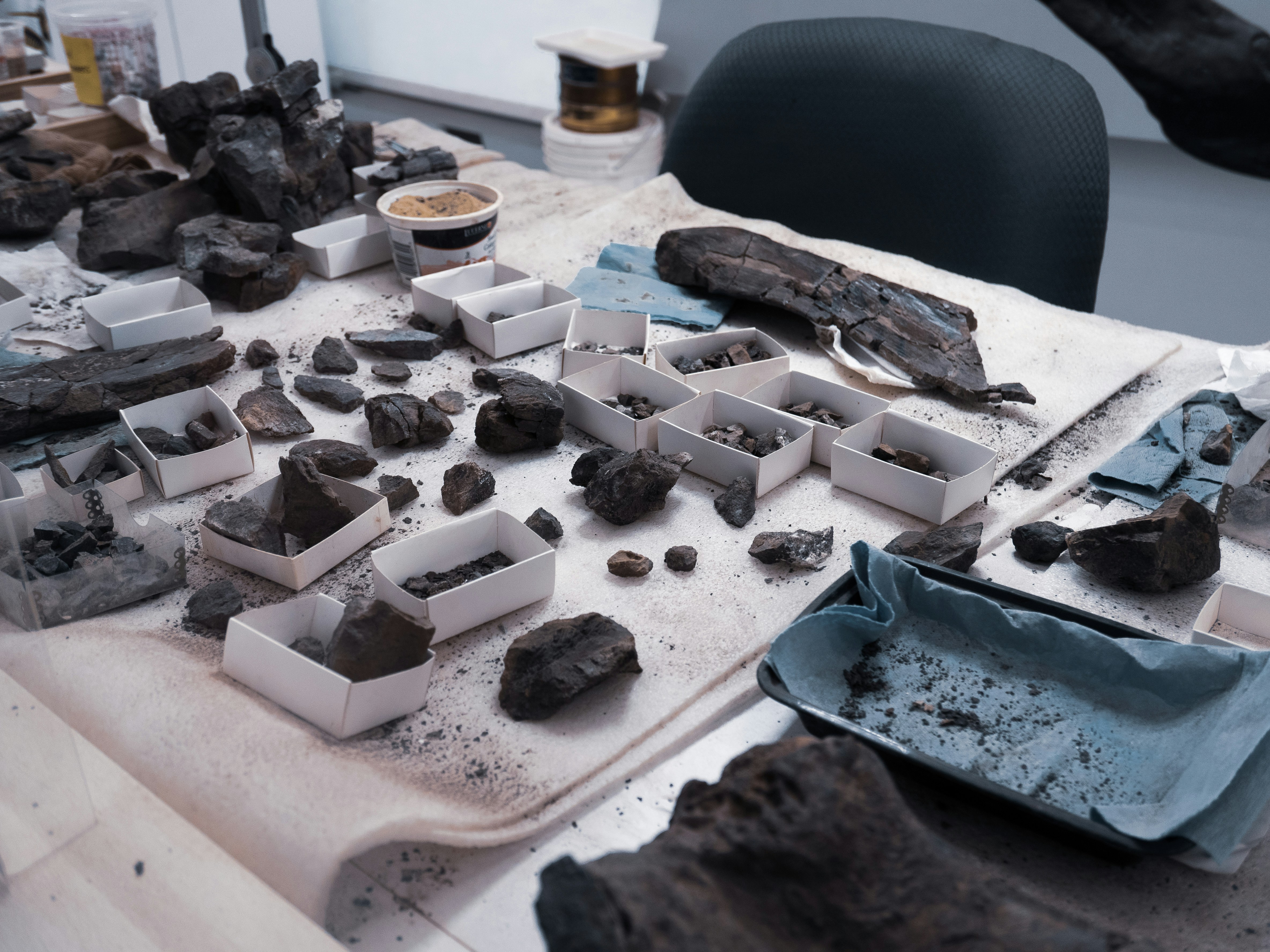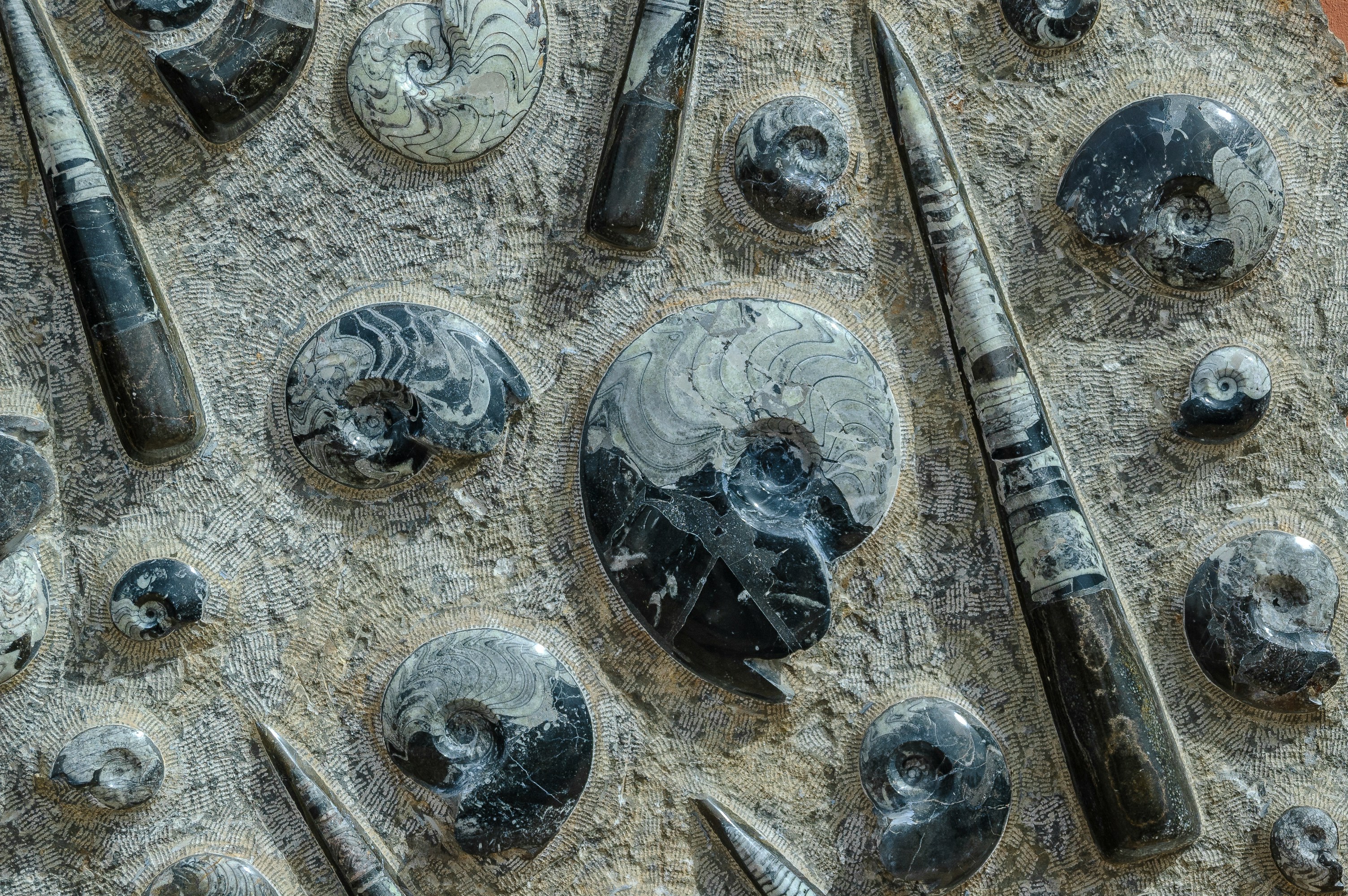Paleoart, a captivating fusion of science and art, involves meticulous reconstructions of prehistoric life based on scientific evidence. It serves as a vital bridge between these two disciplines, breathing life into ancient creatures and ecosystems through various mediums such as canvas, paper, and digital platforms. This remarkable field enables us to transcend the boundaries of time and connect with the enigmatic past that has shaped our world. Through paleoartists' skillful hands and creative minds, long-extinct creatures are resurrected, and ancient landscapes are meticulously recreated, allowing us to step back in time and witness the wonders of prehistoric Earth.
In this context, paleoart is crucial in enhancing scientific literacy and nurturing an admiration for the natural world. Additionally, if you're interested in exploring an EduBirdie review, it can provide valuable insights into the world of essay writing services. Furthermore, paleoart sparks curiosity and ignites the imagination, inviting individuals of all ages to embark on a journey of exploration and discovery. It encapsulates the sense of wonder at the intersection of science and creativity, making it a compelling field that continues to evolve and inspire.

The Significance of Precision in Paleoart
Paleoart plays a pivotal role in aiding both scientists and the public comprehend Earth's ancient history. It is a powerful tool for scientific communication and education, allowing us to explore the wonders of the prehistoric world. By meticulously adhering to scientific accuracy, paleoart not only visually captivates but also educates, providing a window into the mysteries of our planet's distant past.
The Art-Science Balancing Act
For paleoartists, a delicate equilibrium exists between upholding scientific accuracy and unleashing their artistic imagination. This balance is crucial to ensure their creations are informative and visually captivating. Through this delicate dance between science and art, paleoartists can transport us to a time when ancient giants roamed the Earth while remaining faithful to scientific truths.
The Foundations of Paleoart
Paleoart's roots extend back to the 19th century when early depictions often mirrored the limited scientific knowledge of the time. However, as paleontology advanced, so did the accuracy and detail of these representations. Over the years, paleo art has evolved with scientific discoveries, resulting in increasingly accurate depictions that reflect our growing understanding of prehistoric life.
Paleoart serves as a conduit for conveying scientific knowledge to a broader audience. It allows researchers to illustrate their findings and educate the public about the astonishing diversity of prehistoric life. Through vibrant and accurate depictions, paleoart is a powerful tool for breaking down the barriers between scientific academia and the general public, making complex concepts accessible and engaging.

The Importance of Scientific Accuracy
Paleoart is not confined to mere illustration; it actively contributes to paleontological research by offering vivid visual representations of extinct species and their environments. These depictions aid in refining scientific hypotheses and theories, enabling paleontologists to breathe life into the skeletons they study.
When paleoart deviates from scientific precision, it can inadvertently propagate misconceptions about prehistoric life. These inaccuracies hinder scientific understanding and lead to misunderstandings and erroneous beliefs among the public. Therefore, paleoartists' responsibility extends beyond their canvas to public perception and education.
Accurate paleo art can engage and enlighten the public, fostering a deeper appreciation of the natural world and a more profound understanding of Earth's history. By dispelling myths and offering a realistic view of ancient ecosystems, paleoart serves as a conduit for connecting the past with the present, enriching our understanding of the world.
The Challenges of Scientific Accuracy
Paleoartists often grapple with reconstructing extinct creatures, frequently relying on incomplete or fragmented fossil evidence. Navigating this terrain necessitates a reliance on the best available scientific data while acknowledging the gaps in our knowledge. In these gaps, the paleoartist's artistry and creativity come to the forefront, as they must skillfully extrapolate and imagine the missing pieces of the puzzle.
The Dynamic Nature of Paleontological Discoveries
The realm of paleontology is dynamic and constantly reshaped by fresh discoveries and research. As a result, paleoartists must remain flexible and open to change, ensuring that their work remains in sync with evolving scientific insights. Staying current with the latest findings is essential to maintain the accuracy and relevance of their creations.
The Artistic and Technical Challenges of Resurrecting Ancient Creatures
Accurately depicting creatures that no longer exist presents artists with technical challenges that extend beyond traditional artistic skills. Paleoartists must consider intricate anatomy, biomechanics, and habitat details in reconstructions. These technical challenges require a deep understanding of the biological sciences and the artistic principles that bring these ancient beings to life.
The Artistic Interpretation
Paleoartists embark on a creative journey encompassing research, imagination, and artistic prowess. They blend scientific knowledge with artistic sensibilities to breathe life into ancient beings. This process requires technical skill, a passion for the subject matter, and a deep respect for the scientific truths they aim to portray.
While scientific accuracy remains paramount, a degree of artistic license is essential to fill gaps in the fossil record or craft visually captivating scenes. Striking the proper equilibrium between creativity and accuracy is the key to success. Through this artistic license, paleoartists can make the past come alive in ways that mere scientific data cannot achieve.
Ethical Considerations
Paleoartists bear the weighty responsibility of offering well-informed interpretations of prehistoric life. Their creations can potentially shape public perception and understanding of the natural world. This responsibility underscores the need for a rigorous commitment to scientific accuracy and ethical consideration in every brushstroke.
Conclusion
Through an unwavering commitment to accuracy, paleoart continues to captivate and educate audiences, bridging the gap between scientific knowledge and artistic expression. The challenge of harmonizing scientific precision and creative ingenuity enriches the impact and relevance of paleoart. It is this delicate balance that fuels the growth and evolution of the discipline.



![]()
